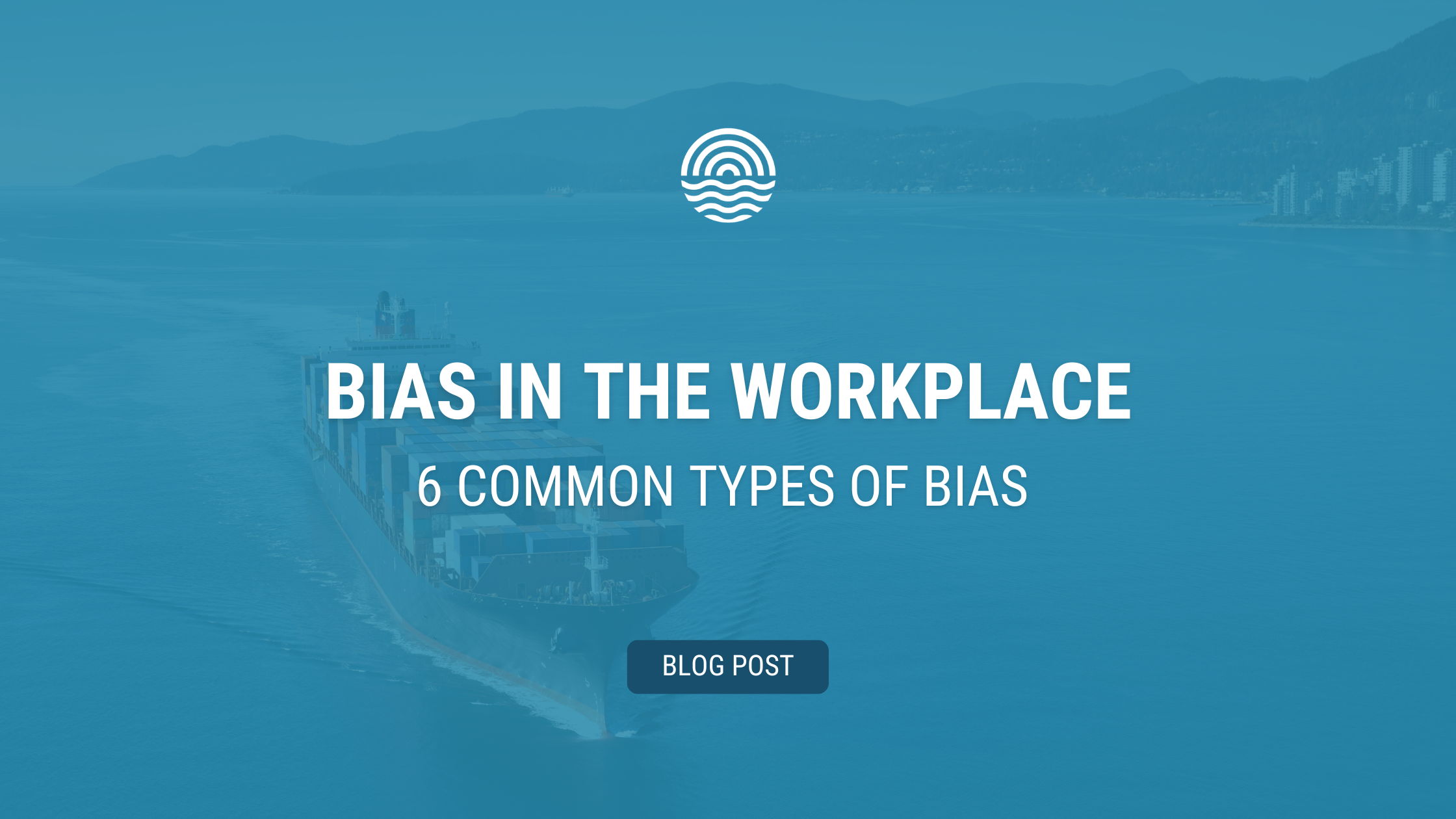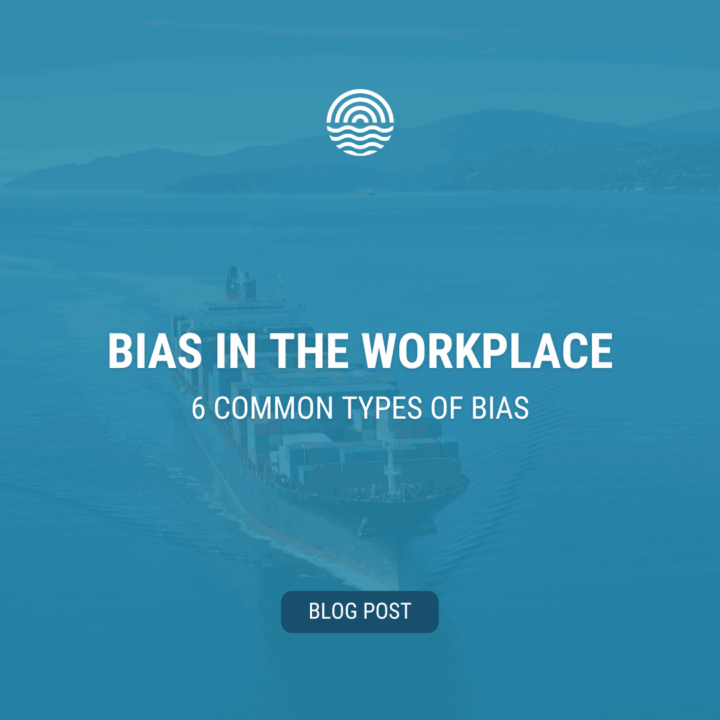
BLOG POST
Bias in the Workplace: Common Types of Bias
Bias in the workplace isn’t always obvious… but it’s always impactful.
It influences key decisions like hiring, promotions, and day-to-day interactions, sometimes without us even realizing it. And while it can fly under the radar, bias holds companies back from building truly inclusive, innovative, and high-performing teams.
The good news? Once you are able to recognize bias, you can start addressing it.
In this blog, we’ll break down 6 common types of workplace bias, how they show up, and share 3 key tips to help foster a culture of inclusion that reduces the impact of bias before it starts.
6 COMMON TYPES OF WORKPLACE BIAS
1. UNCONSCIOUS BIAS
Unconscious bias refers to the mental shortcuts we take when processing information — often without realizing it. These snap judgments are shaped by stereotypes, experiences, and cultural norms, and they can influence how we evaluate others based on factors like appearance, accent, gender, or education. It often shows up in decisions around hiring, feedback, and leadership selection.
Example: Assuming a candidate is less competent because they speak with an accent, or believing someone is a “natural leader” based solely on how confident they appear.
2. GENDER BIAS
Despite progress, gender bias remains deeply rooted in many workplaces. Gender bias is the tendency to favour one gender over another. It often shows up in assumptions about who is more capable, assertive, or suited for leadership — usually to the disadvantage of women and gender-diverse individuals.
Example: Offering leadership development opportunities more often to men, or questioning a woman’s commitment to her career if she becomes a parent.
3. RACIAL & ETHNIC BIAS
This bias involves unfair treatment or assumptions based on someone’s race, ethnicity, or cultural background. It can influence who gets hired, promoted, or invited to contribute — often in subtle, systemic ways.
Example: Assuming someone isn’t a “culture fit” because they have a different communication style or cultural background than the rest of the team.
4. AGE BIAS
Also called ageism, this bias involves stereotypes based on someone’s age, and it can affect both older and younger employees. Age bias can lead to missed opportunities, exclusion, or the belief that someone is either “too young” or “too old” to take on certain responsibilities.
Example: Assuming an older employee can’t adapt to new technology, or dismissing a younger colleague’s ideas as naïve or inexperienced.
5. AFFINITY BIAS
Affinity bias is the tendency to favour people who are similar to us — whether in background, interests, appearance, or personality. It feels natural to gravitate toward people we “click” with, but in hiring and team settings, it can lead to homogeneity and limit diverse thinking.
Example: Hiring someone because they went to the same school as you or share similar hobbies, rather than focusing on skills or qualifications.
6. CONFIRMATION BIAS
Confirmation bias is the tendency to seek out or give more weight to information that confirms what we already believe, and ignore information that challenges it. It can impact decision-making, innovation, and how we evaluate performance.
Example: If you believe a team member is “difficult,” you may interpret neutral behaviour as negative while overlooking their contributions or efforts to improve.
3 KEY TIPS TO BUILD A WORKPLACE CULTURE THAT REDUCES BIAS
Tackling individual types of bias is important, but sustainable change happens when inclusion is embedded in your culture. Here’s how to start:
- Normalize Conversations Around Equity: The more we talk about bias, the less power it holds. Create space for ongoing dialogue around inclusion, equity, and workplace culture throughout the year.
- Build Feedback Loops: Create regular opportunities for employees to share honest input about their experiences and show them that their feedback leads to real change. Belonging and trust start with feeling heard.
- Train Leaders to Recognize Bias: Managers and team leads are culture carriers. Equip them to spot subtle bias, respond thoughtfully, and foster inclusive team dynamics.
THE TAKEAWAY?
Bias in the workplace doesn’t always look like discrimination. Sometimes it’s quiet, subtle, and unintentional. But its impact on morale, retention, performance, and innovation is real.
The solution isn’t perfection; it’s progress.
By learning how to identify the different ways bias shows up and committing to strategies that address it head-on, you’re building a better workplace for your people and a stronger foundation for your business.
Want help building more inclusive workplace practices?
The Waterfront DEI Council provides tools and hands-on support to help our members and their teams embed accessibility and inclusivity into their policies, practices, and workplace culture — creating spaces where everyone feels empowered to thrive on the waterfront.


